Laura Gosch – One to Watch!
Beautiful, Talented & Determined – Laura Gosch
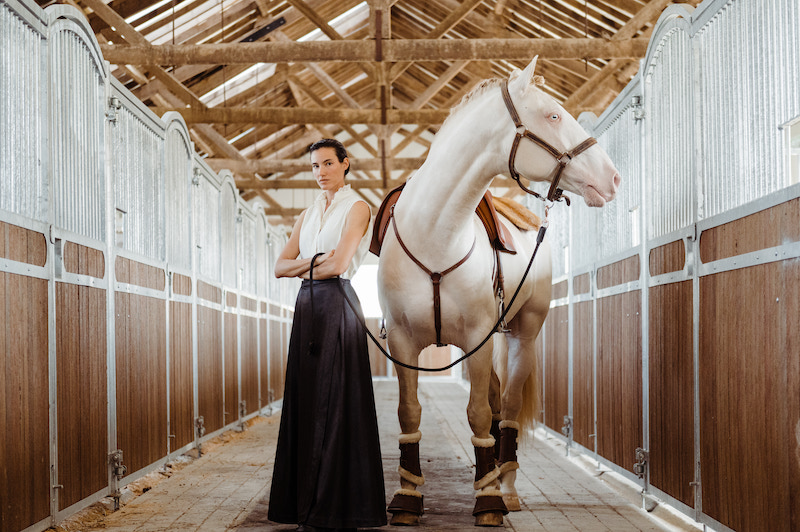
Recently we had the wonderful opportunity to be present at the opening of Goncalo and Nara´s new equestrian facility. It was a busy but beautiful day in so many ways.
Working alongside them is Laura Gosch, a talented and focussed woman who has boldy gone in the direction of her passion for all things equine.
As a former International model we were very fortunate that Laura generously agreed to pose for us on the day in the extraodinary equestrian clothing collection designed by Silvia Teixeira. Bringing her combined model expertise and undesputible riding skills Laura inspired us a lot.
Laura rides beautifully and is definitely a lady to watch for the future as a great trainer and teacher.
Curious, I asked Laura for her story, which she very eloquently wrote for me. It takes us right from how she discovered horses all the way up to this moment. It´s a lovely read that I am sure many of you can identify with – so here you go
All about Laura …………
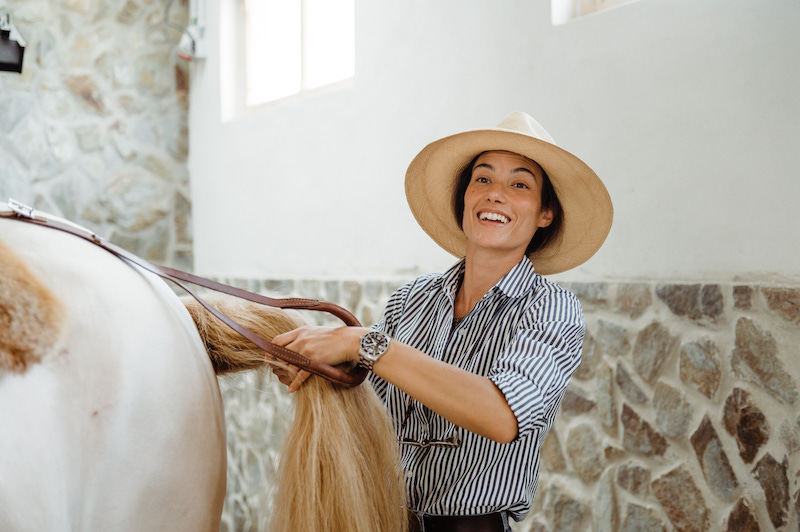
I’m from Vienna, smack in the centre of town. The tourist carriage horses at the cathedral were the only horses in sight, growing up. As a young man my father had spent a couple of years as an “Elève” at the Spanish Royal Riding School, but neither of my parents had anything to do with horses by the time they had me.
A friend of my mom’s had told her that she took her daughter horse riding because she thought it was an advantage, especially for girls, to learn to handle such big animals and and themselves around them. That seemed logical to my Mom and so I had my first lesson. I think I even remember it. Mom says I was glowing – I remember that I was almost drooling with joy. From then on it was the pony on the top of every Christmas list, endlessly trying to persuade my grandparents that their apartment was big enough for a horse. Lungeing my girlfriends over obstacles on their imaginary ponies and, in my mind, every walk in nature was actually a hack .
I’m very grateful that I discovered such a love, a passion for something as a child. The joy was so intense, it warms my heart to remember those little moments and it’s pure fuel for me until today.
Over the next years, my champion parents continued taking me for riding lessons. When I was about 13 or 14, I began taking the train every Saturday after school, with my overnight bag packed, to help at an Arabian horse farm about 1 1/2 hours outside of Vienna. They allowed me to start my first filly there, at which I did a very poor job but this is where I actually began really learning.
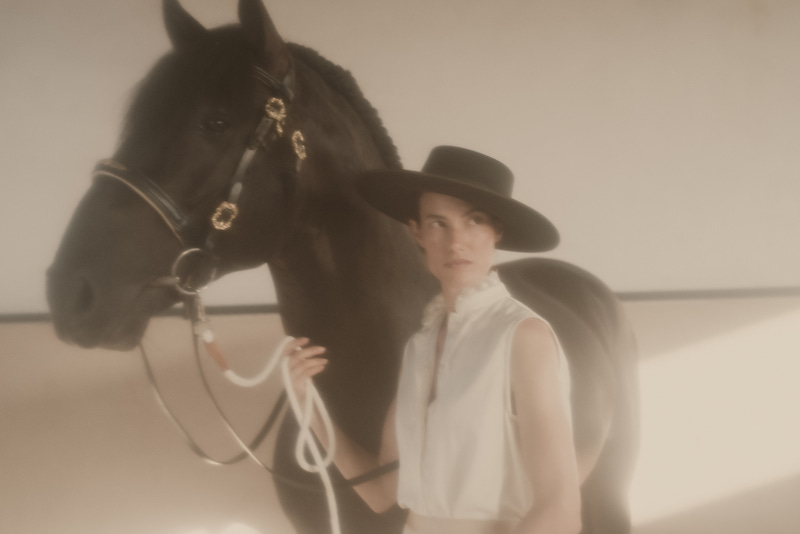
Besides school, at 17 yrs old I was fortunate to be professionally modelling. I used the money I earnt to turn my dream into a reality. Mom became my accomplice and the two of us set out on an unforgettable trip around Europe, the adventure culminated in finding my Arabian filly. Chestnut, with a beautiful long neck and flaxen manes, just like I knew her from my dreams. That filly became a part of our family, she kept us both safe through all the silly things I put her through. She traveled half of Europe with me and finally to Mallorca where she currently resides at 22 years of age until I can have her with me again. Buying my first horse was one of the most important things I did in my life. Learning I am capable of taking what seemed “impossible” and turn it into reality. A powerful lesson and I think it has become an important part of me.
After finishing school I moved to Paris and started modelling full time. Up to 2015 I lived and worked in many different cities. I was ambitious, young and thought I needed to rule the world or, at least, be a rockstar. The modelling was alluring in more than one way. Whenever I got too lonely, sad or intimidated I came back to the horses.
With my best friend, we started an Arabian show horse training barn. I learned so much about handling young horses. I also spent some time learning on the ranch of Linda and Pat Parelli – one of the happiest times of my life – they were pioneers in horse & people education.
Fast forward to 2015 – I was living in LA at that time and loved the city. Working with great people, things were going well. Yet I wasn’t fulfilled with my job my passion was elsewhere. One day, while having lunch with a friend, the subject turned to horses. He waited until I had finished my ode and said,
“You completely change when you talk about horses, I think this is what you should be doing”.
A few days later, my best friend was extremely clear about this too.
It was time and I was ready to really hear it. I worked up the courage to consider the possibility of living my dream full time with horses.
I had my mare at german classical trainer Anja Beran at the time and I think that’s where the idea of the Lusitano was born.
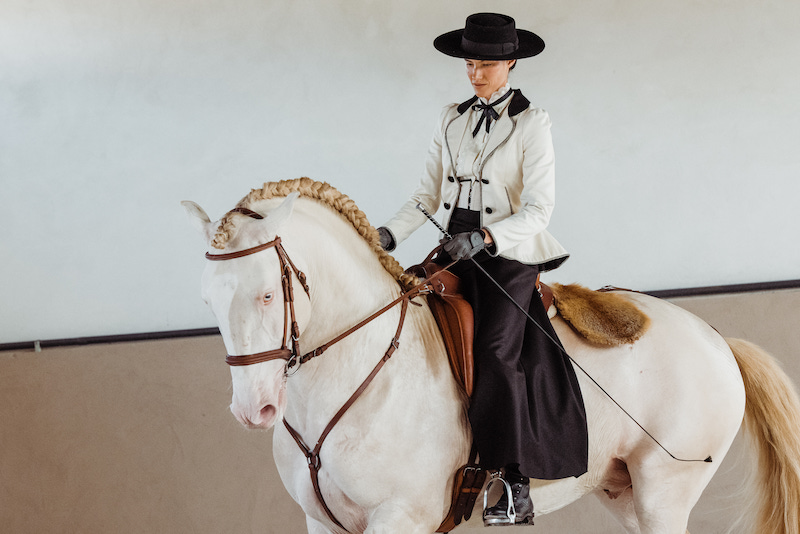
Curious to learn more about the breed I took an amazing trip around Portugal to visit the breeders, I was totally inspired. I bought two three year old colts from Mr. Manuel Veiga, still with the idea of returning to LA and eventually selling one of them. However in the end I decided to move back to Belgium to keep them both.
In November 2015 I shot my last editorial, with an amazing crew for Harper’s Bazaar. It was a breathtaking trip around Jordan. A fabulous exit from the model´s life.
Then the journey began with my two colts. Getting to know them in Belgium, then with Parelli instructor and all-round horseman Walter Gegenschatz in Switzerland, back in Belgium with a Master instructor of the École de Légèreté and later in France with Mr. Philippe Karl himself and his wife Bea Borelle. After that the three of us joined my partner Sergio Santos in Mallorca for 3 years, where I started teaching and training an amazing group of clients that became friends. Although I learned immensly while teaching and training, I was missing getting training myself – and my two darling Veigas were always happy to point that out to me.
I remembered Gonçalo Linhas exceptional riding from my horse “shopping trip” and my inquiries about him got a unanimously positive response – a rare occurrence. I brought him my best horse to get a foot in the door, and as soon as it was possible, almost a year ago, I attacked lovely Dr. Nara França and Gonçalo with the rest of our gang (Historico da Broa, our cremello stallion, Jarama and Sérgio’s Silveiras stallion, Habil). We, have been living in their barn ever since, located in the pulsating metropole that is Vila Chã de Ourique.
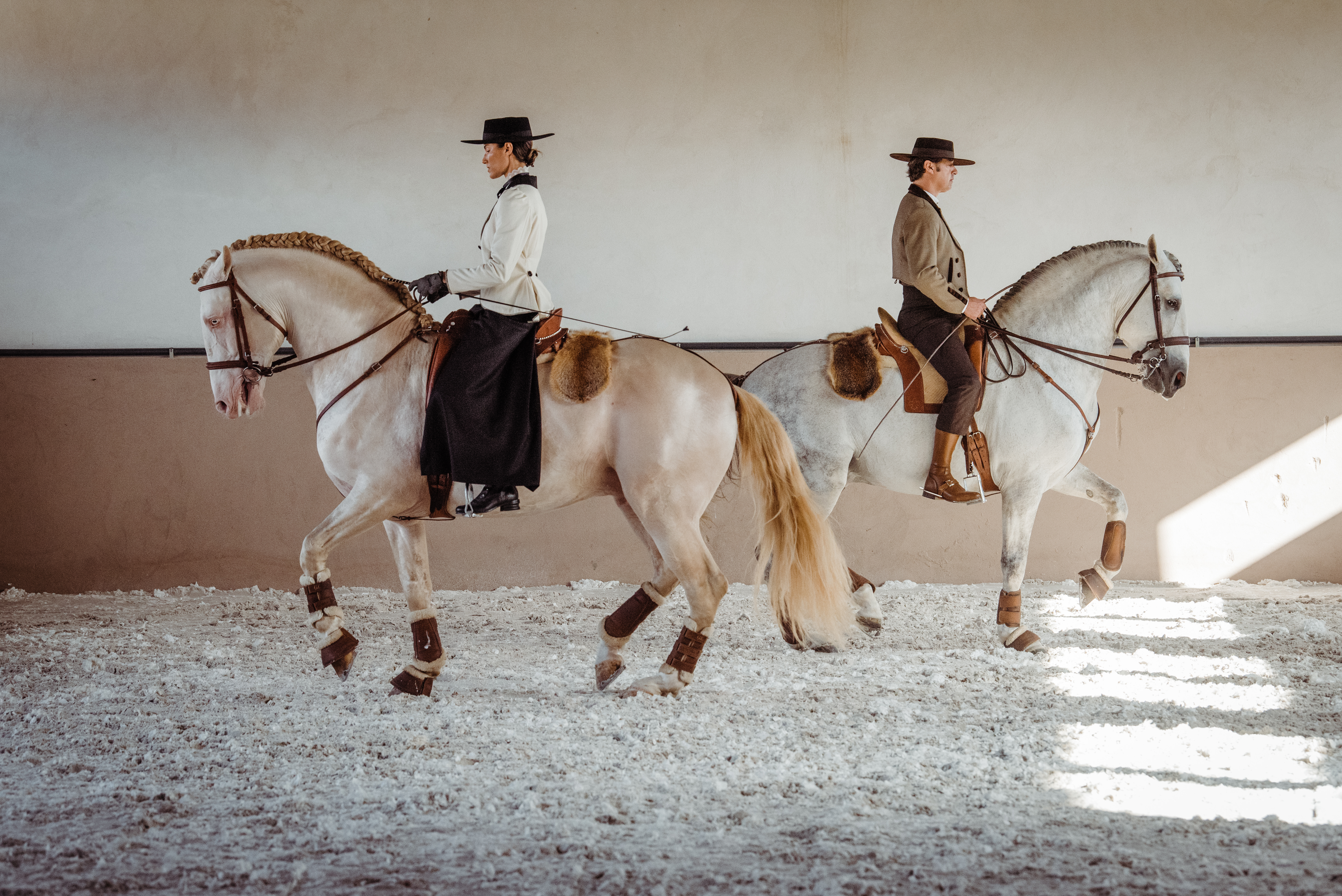
I’m still trying to find my place in this horse world but here I’m learning at top speed. I want to continue developing horses with the support of an experienced (not to call him senior, he wouldn’t like that) trainer like Gonçalo. I believe that being around horses, in the right conditions, can be so good for people. Whatever I do, be it in the arena or by selling horses, on the social media or by writing these few lines, I hope to help make the equestrian community grow by introducing more people to horses and supporting my fellow equestrians.
These animals are a little bit magic. You can rely on them to keep you humble, toughen you up and sometimes, if you put in the work, they will dance with you for a short while and make you so happy that you forget yourself.
Forward by Teresa Burton Lusitano Heritage
Text by Laura Gosch She can be found on facebook and Intagram
Clothing – Designed by Silvia Teixeira – Garments available to order in our online shop
Images by Lena Saugen Photography
Location – Quinta do Palhão
Thank you to Goncalo Linhas and Nara Franca
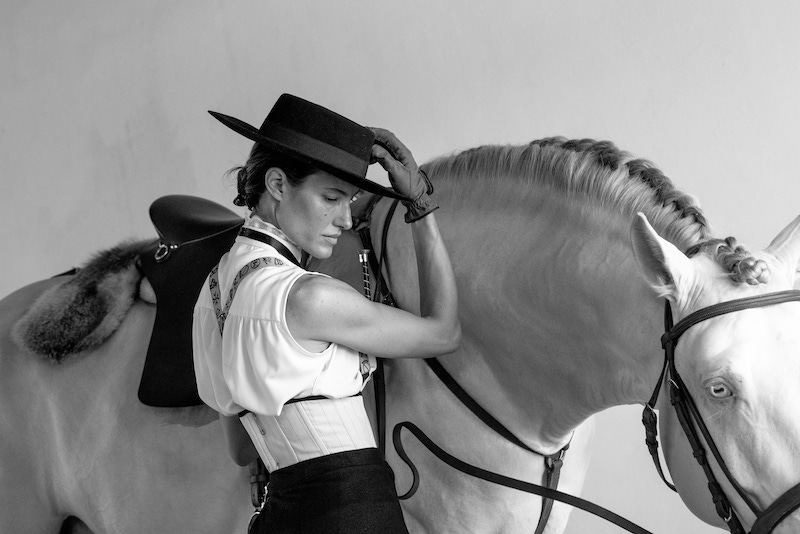

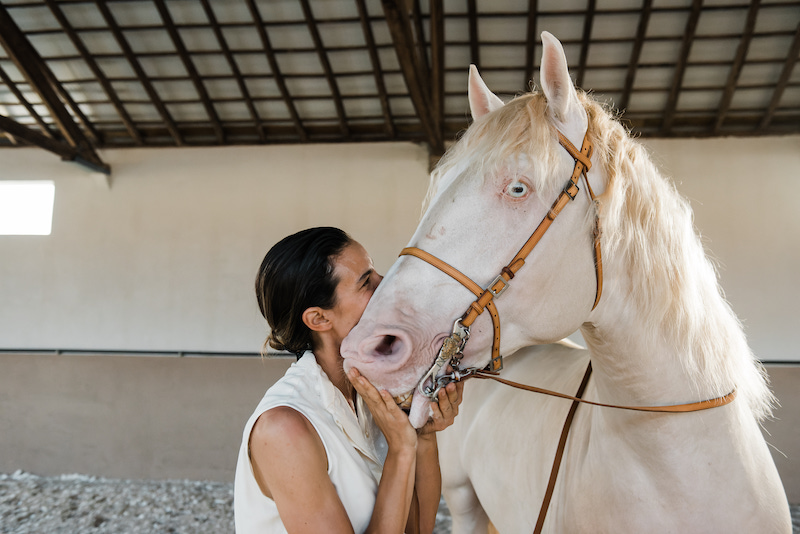
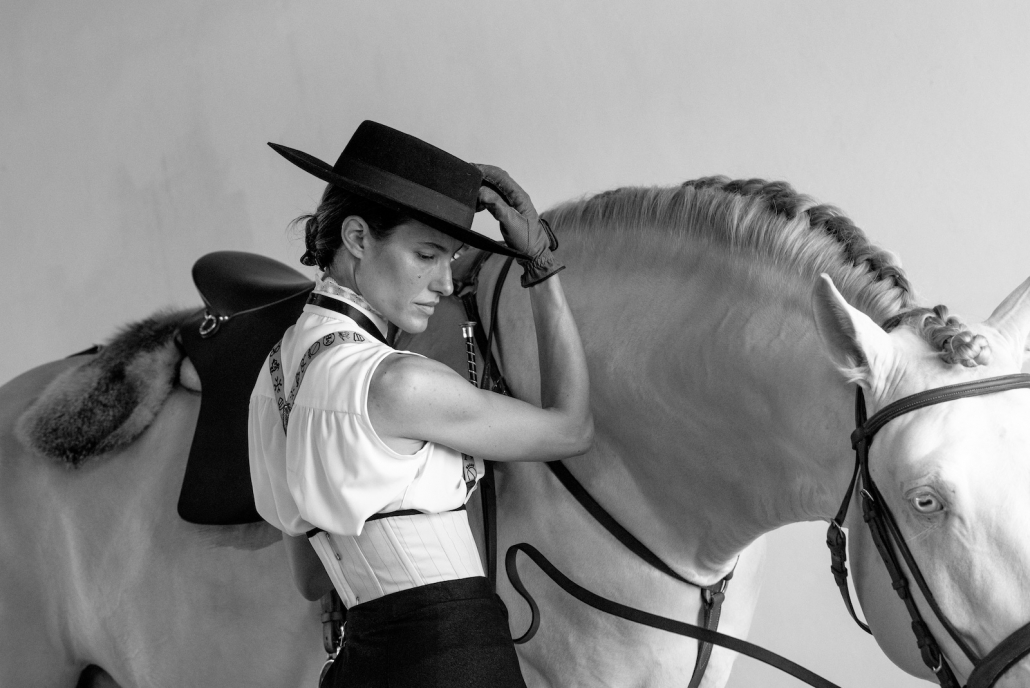
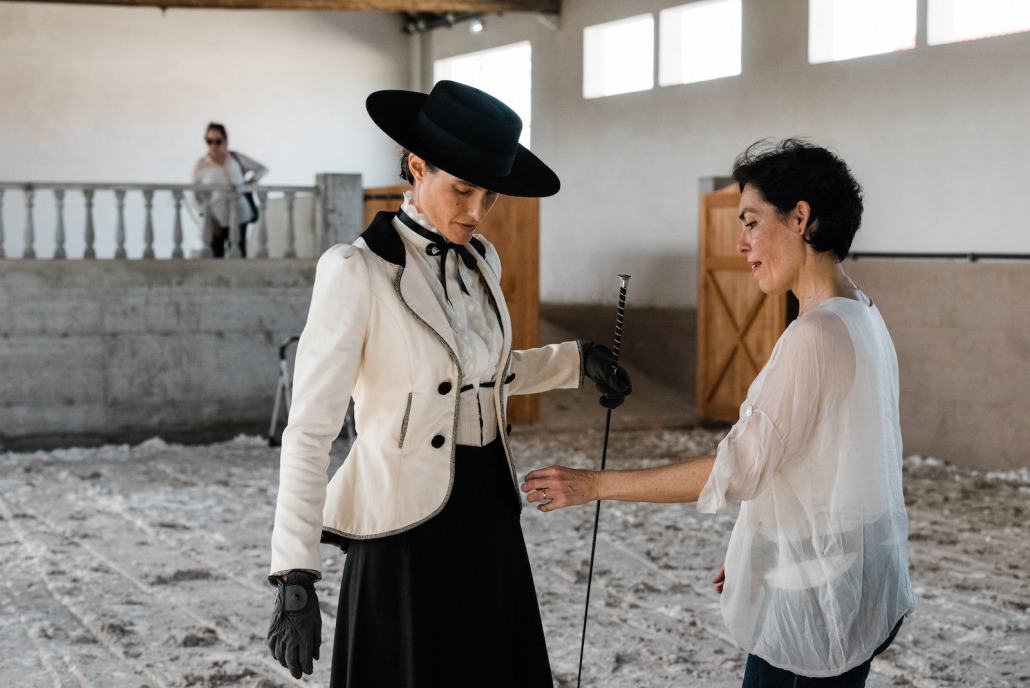
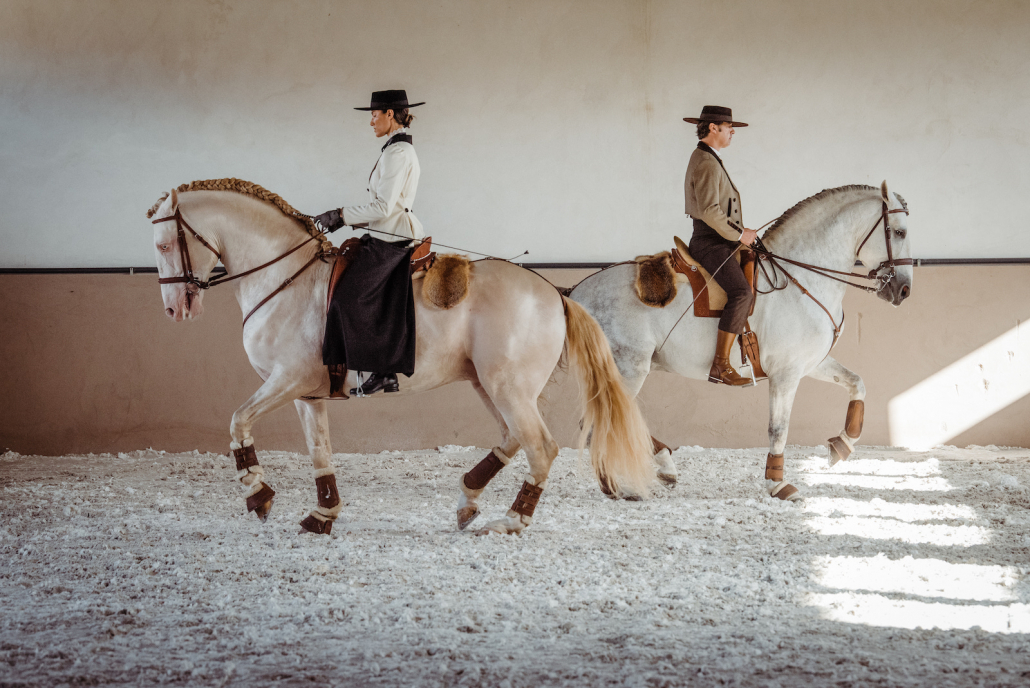
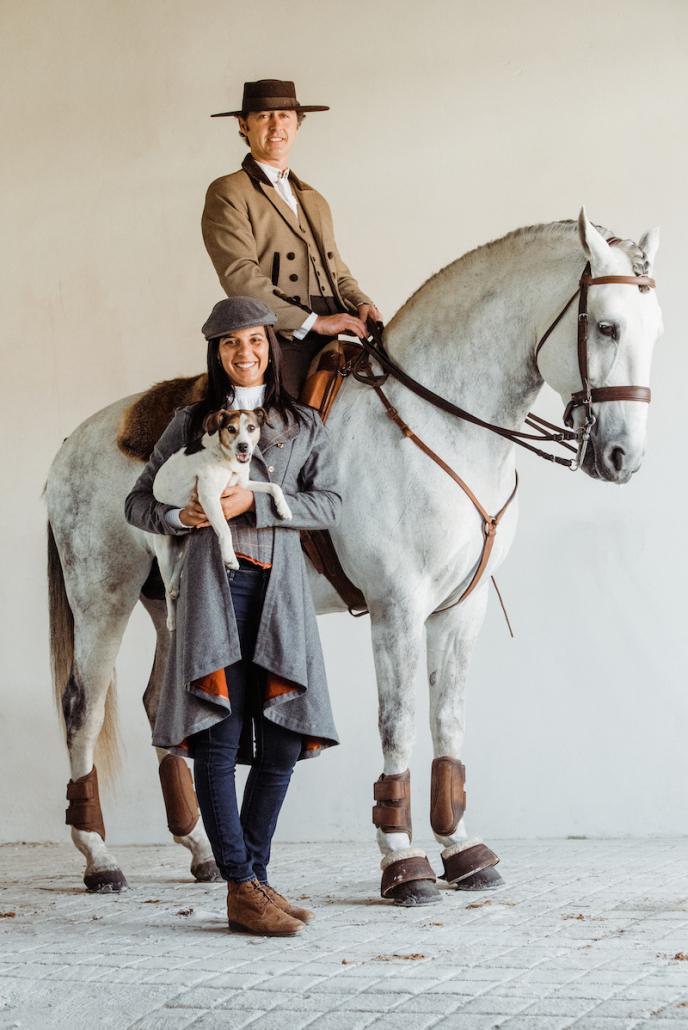
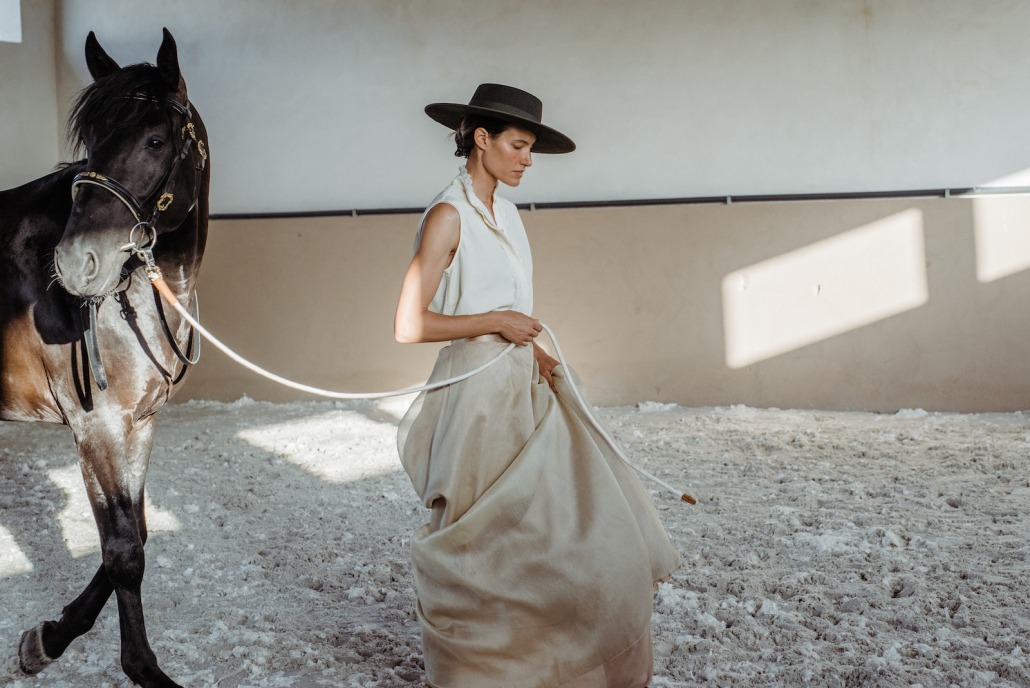
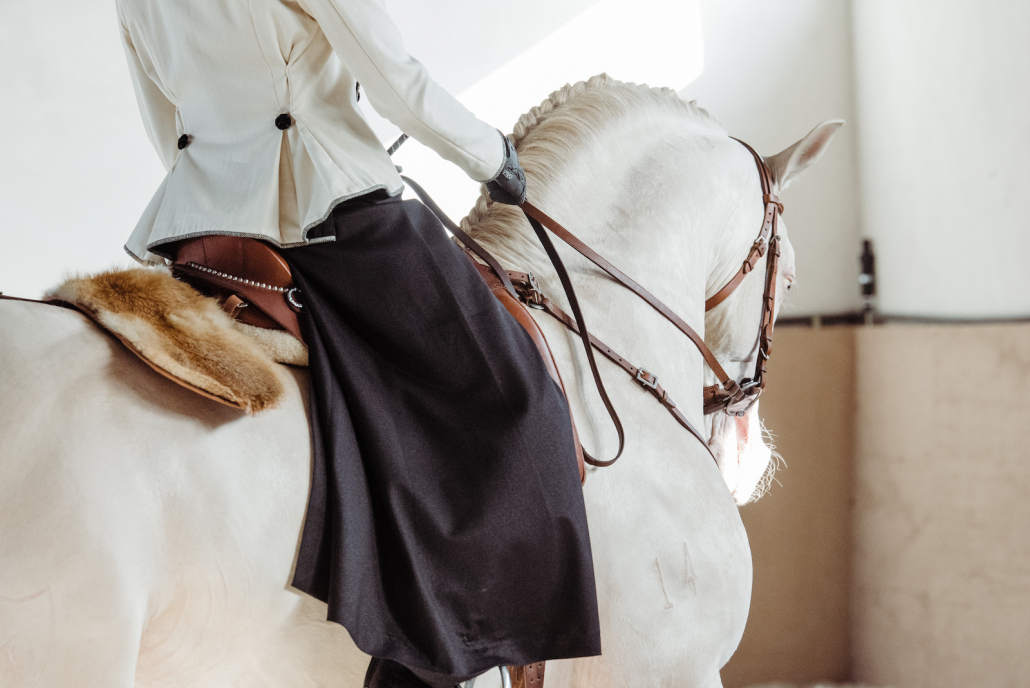
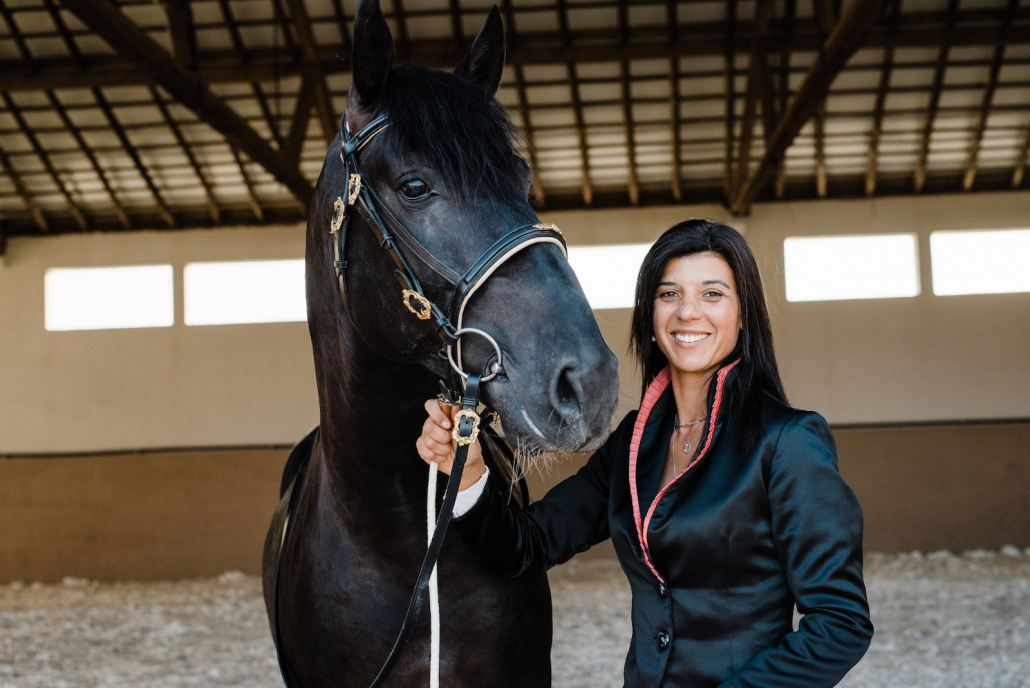
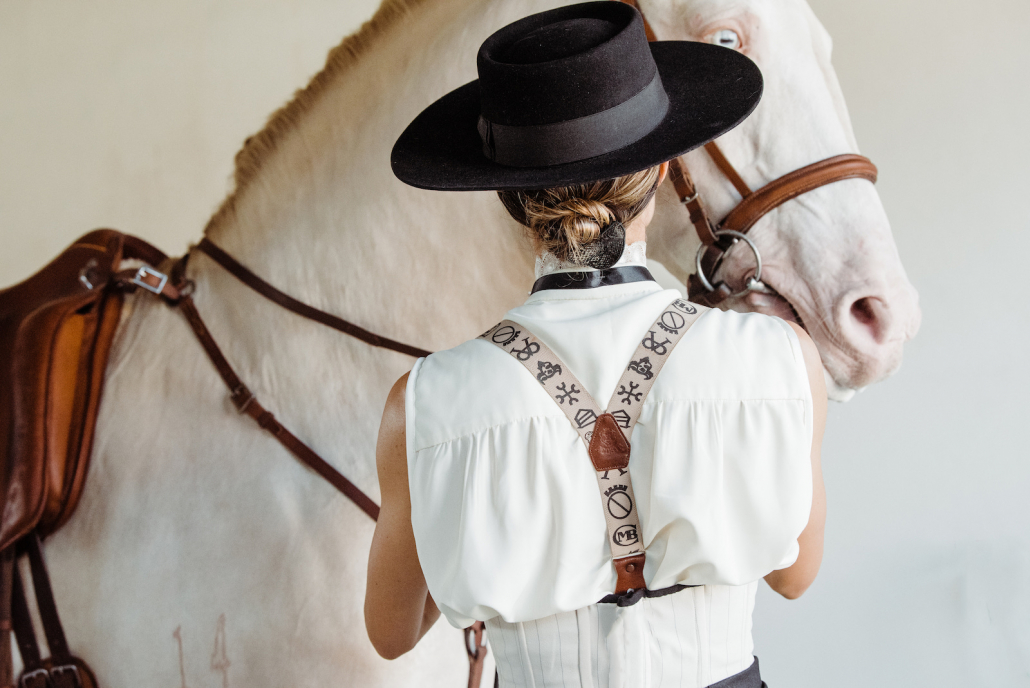
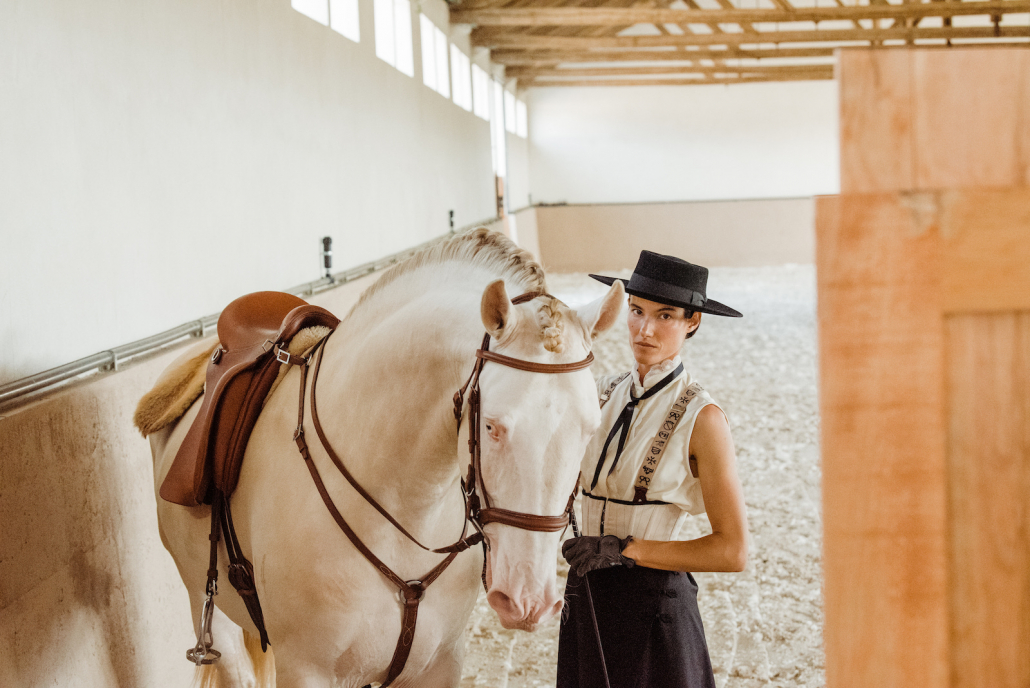
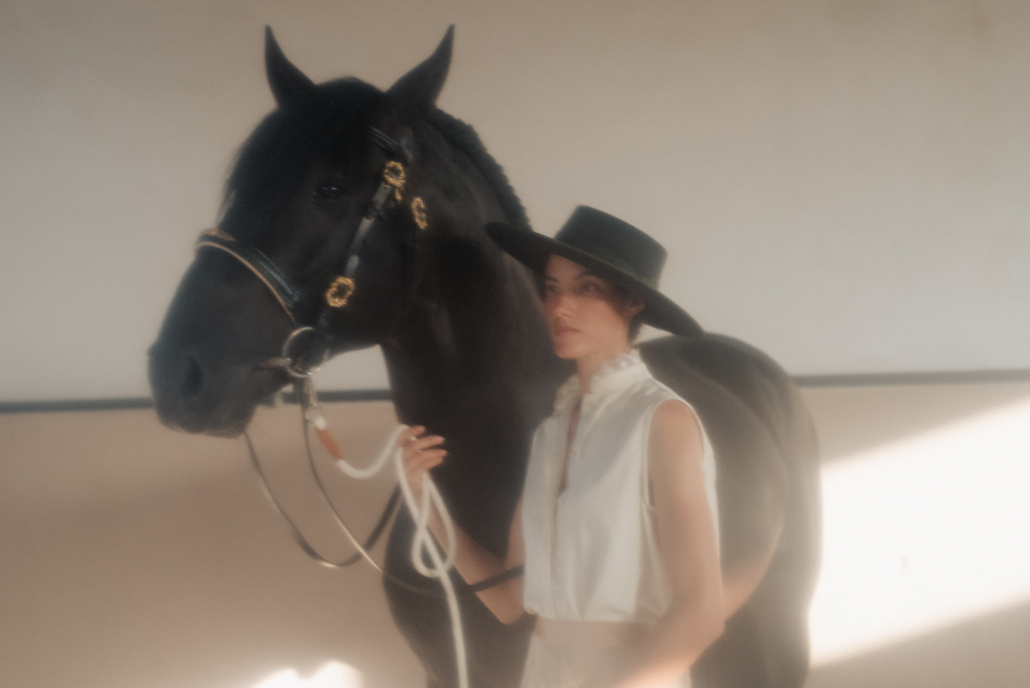
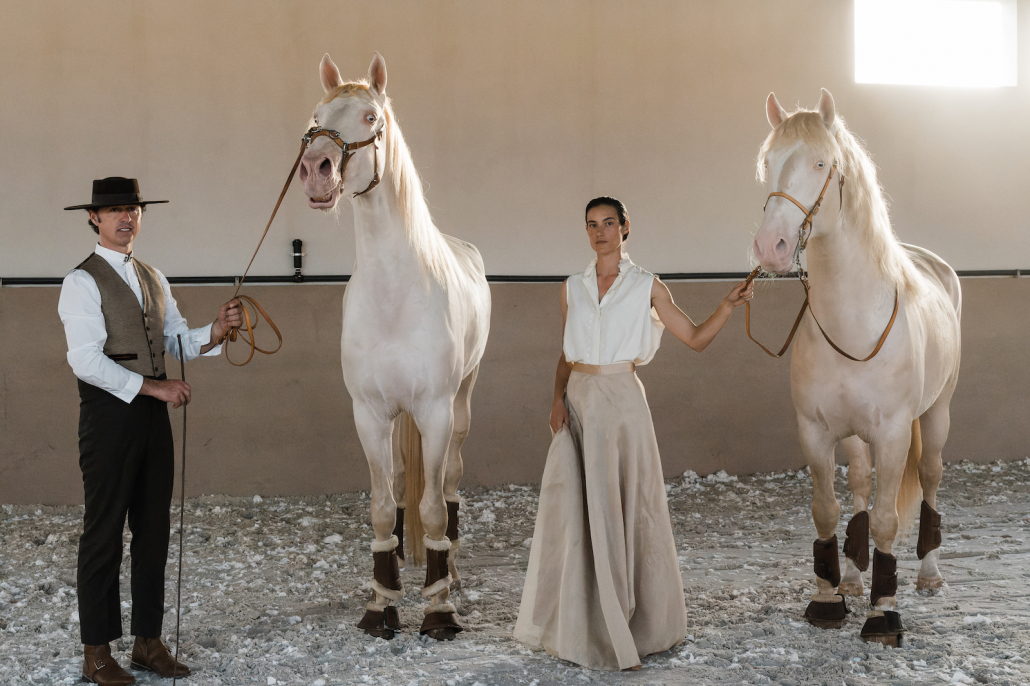

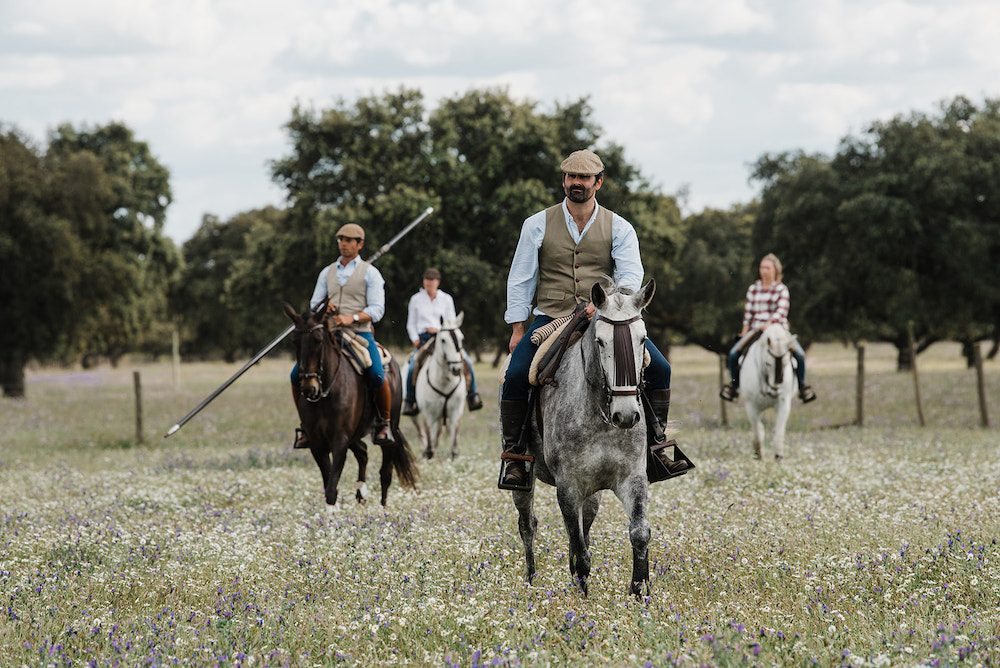

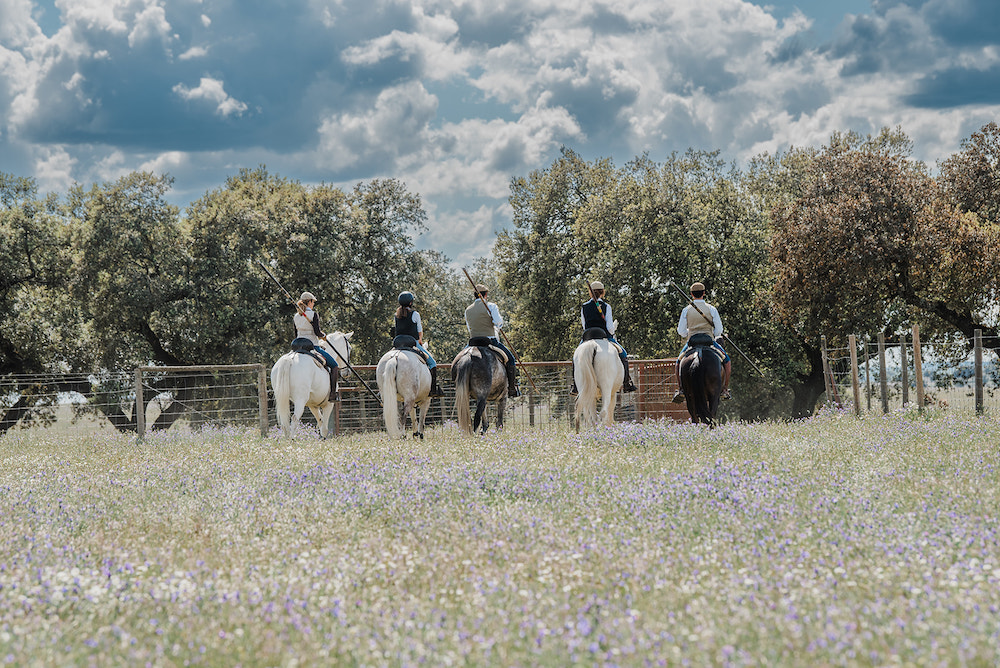
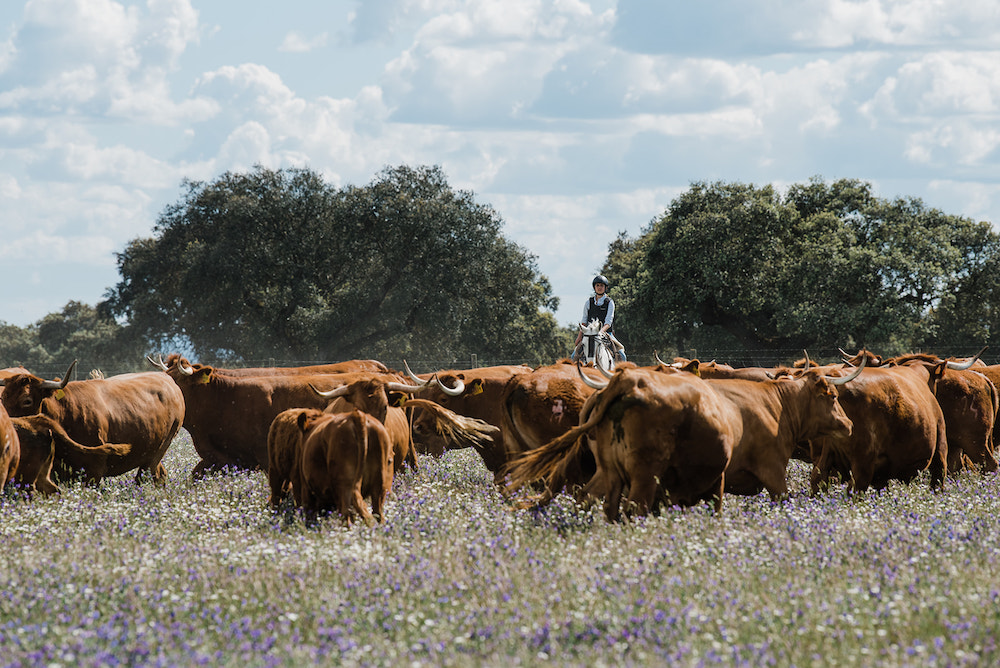
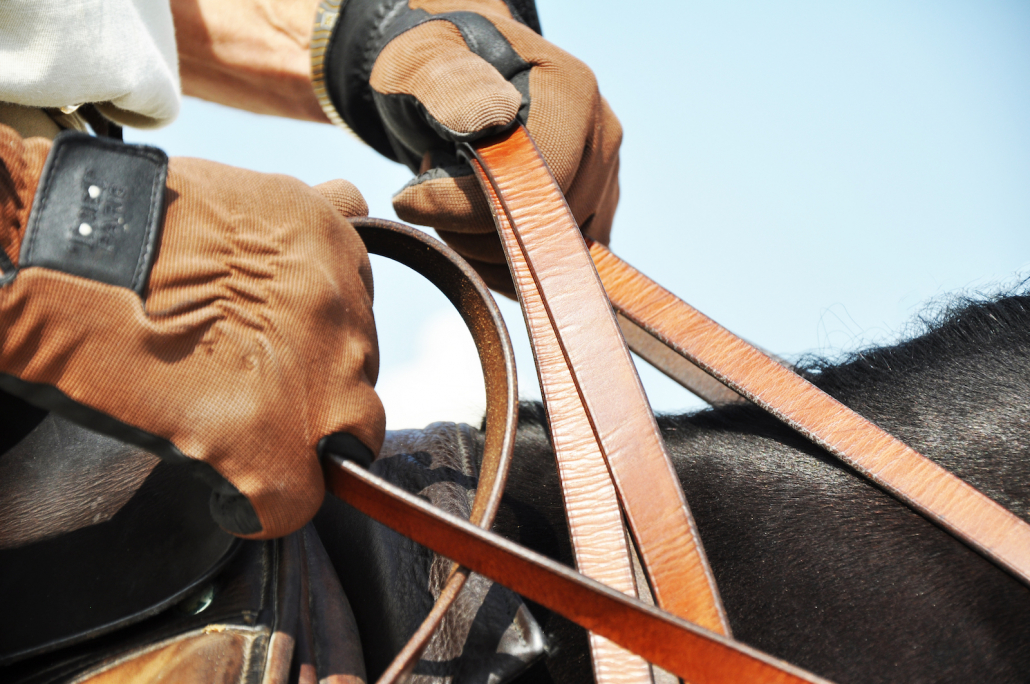
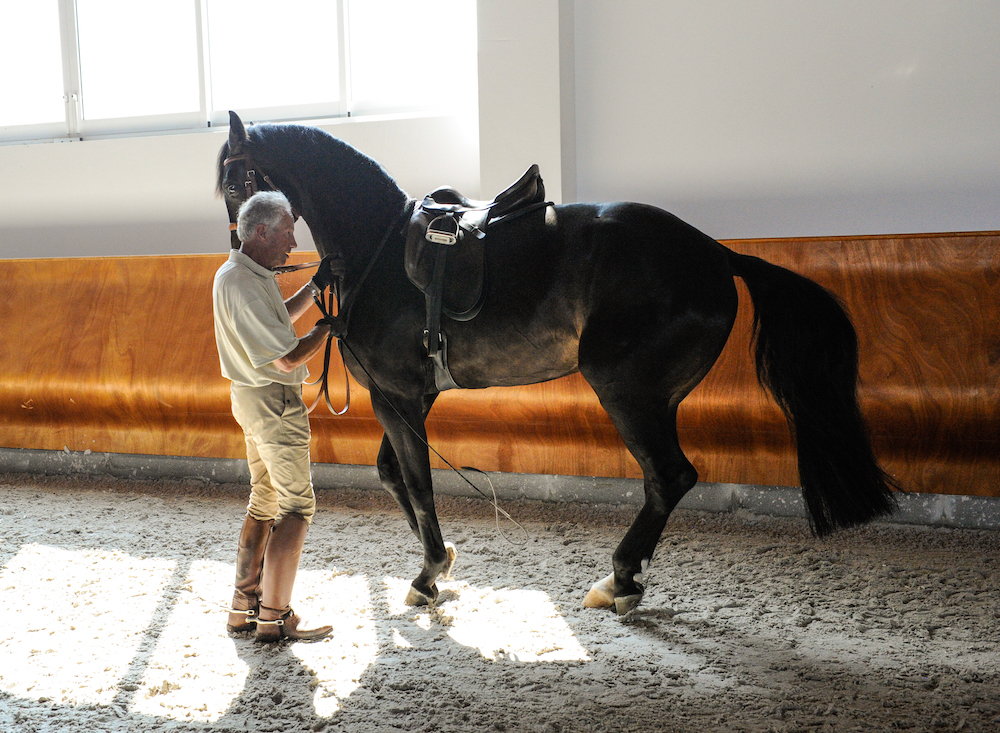
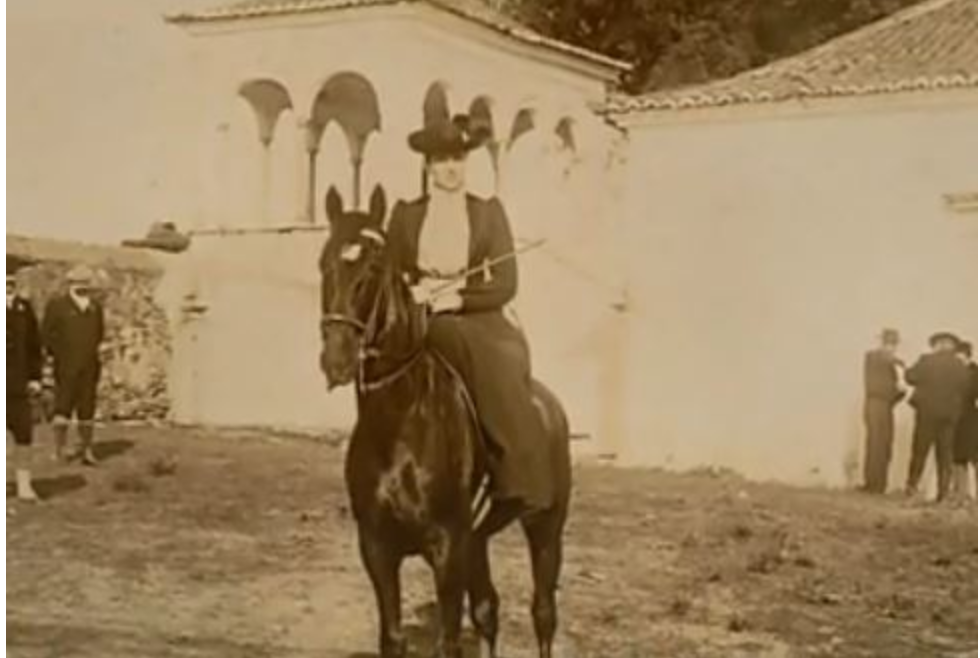
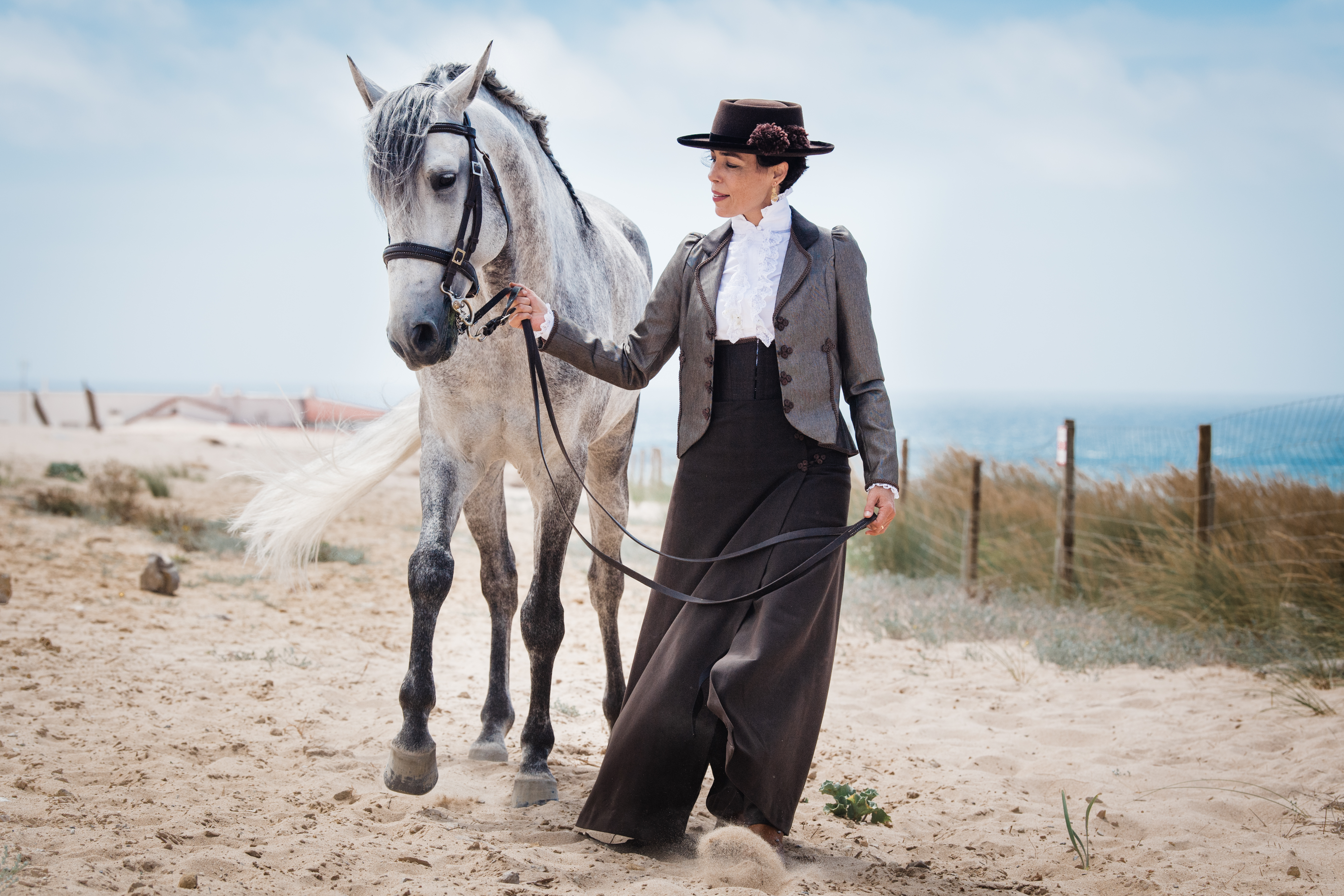
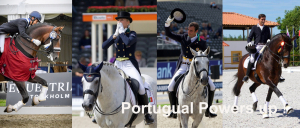
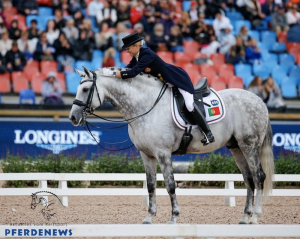


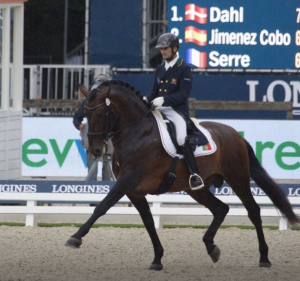
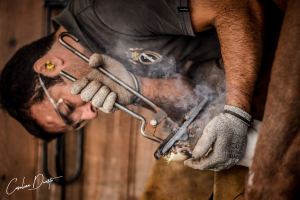

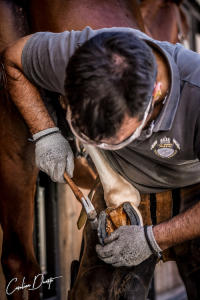
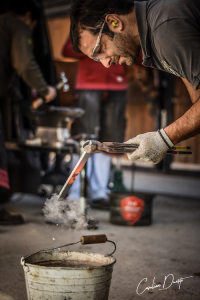 Thoroughout his daily work he deals with a lot of therapeutical cases, working in strong connection with some veterinarians and hospitals, but he also shoes horses that don’t have any particular problem but that do have owners that demand for a very knowledgeable professional.
Thoroughout his daily work he deals with a lot of therapeutical cases, working in strong connection with some veterinarians and hospitals, but he also shoes horses that don’t have any particular problem but that do have owners that demand for a very knowledgeable professional.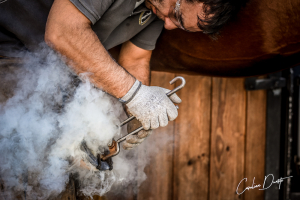

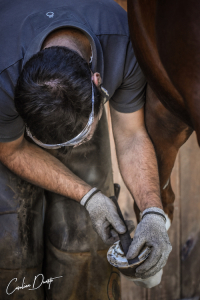 A big thank you to Nuno for his outstanding work and well deserved achievements it is another step for Portuguese Equestrian Culture and providing high quality service.
A big thank you to Nuno for his outstanding work and well deserved achievements it is another step for Portuguese Equestrian Culture and providing high quality service.
